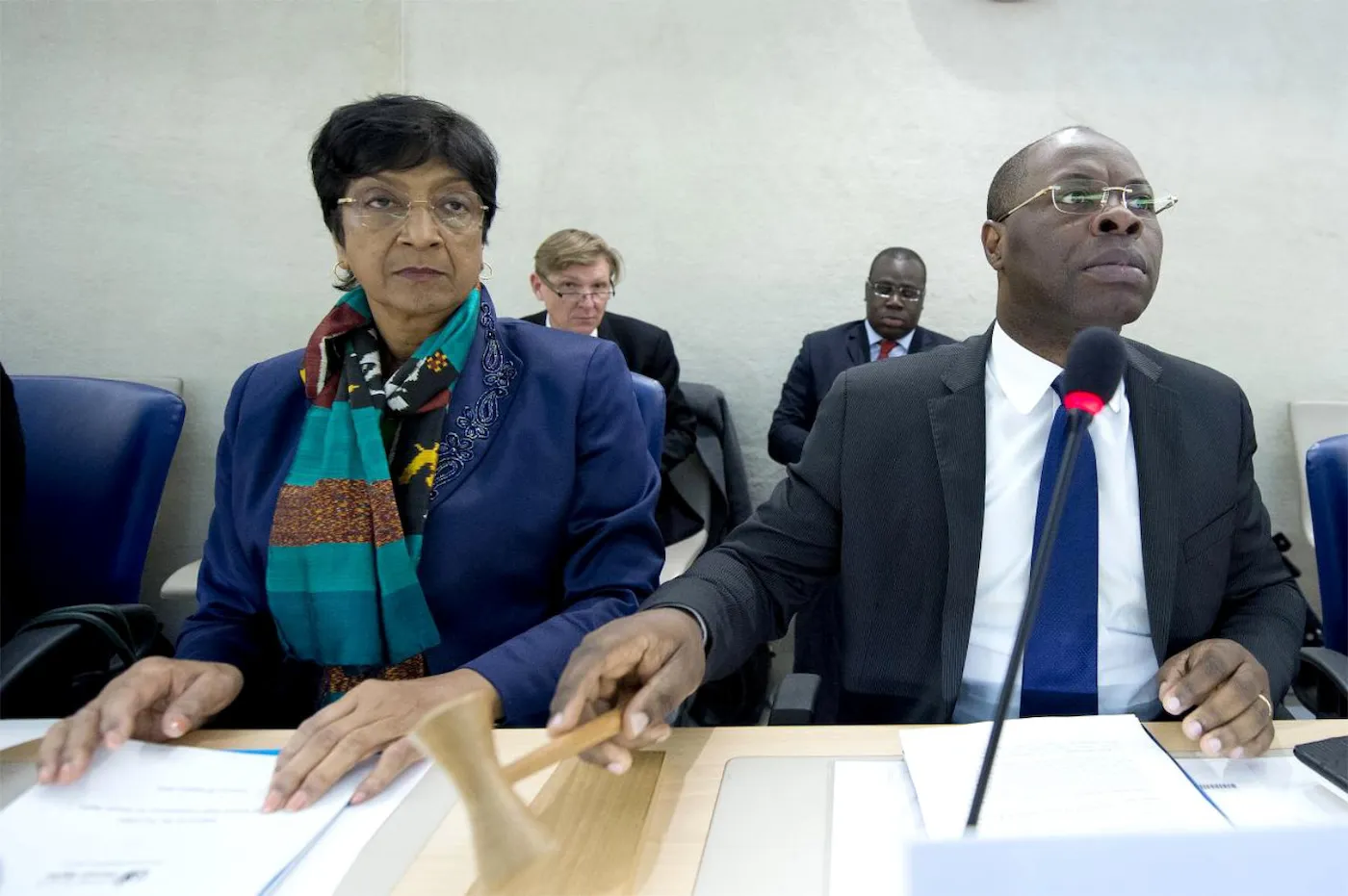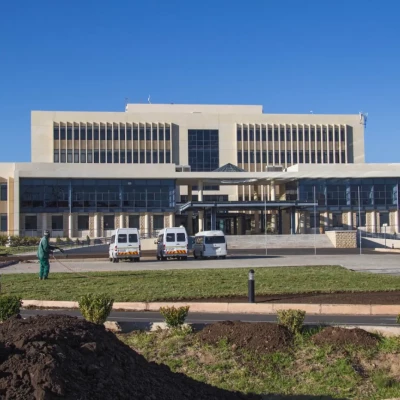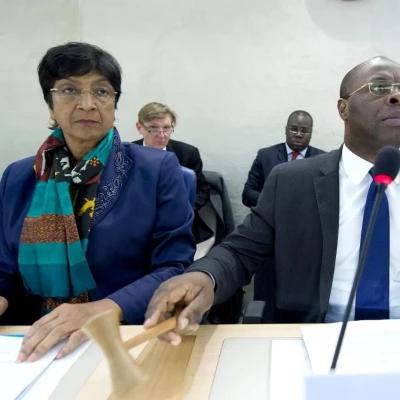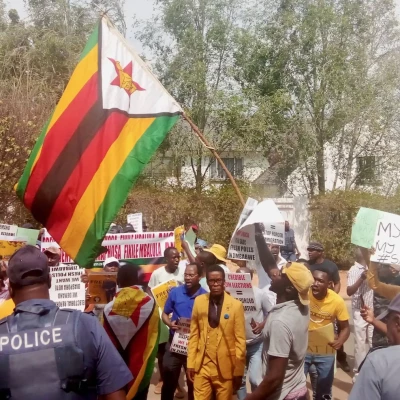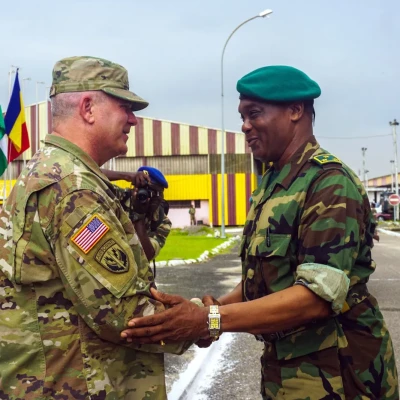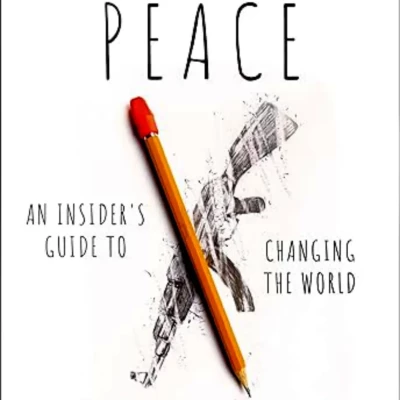Introduction
Maintaining international peace and promoting the development and protection of human rights are three pillars upon which the United Nations (UN) is founded. This innate relationship between peacebuilding and human rights has been underscored several times by the UN. For instance, addressing the UN Security Council on 18 April 2017, UN Secretary-General António Guterres said, ‘upholding human rights is a crucial element of [conflict] prevention’ and ‘human rights are intrinsically linked to sustaining peace.’1International Peace Institute (IPI) (2017) ‘Human Rights and Sustaining Peace’, Available at: <https://www.ipinst.org/2017/12/human-rights-and-sustaining-peace> [Date accessed: 11 November 2023]. p. 1. For the African Union (AU), the promotion of peace, security, and stability, on the one hand, and the promotion and protection of human and peoples’ rights, on the other hand, are among its key objectives.2AU (2000) Constitutive Act of the Africa Union. Available at: <https://au.int/sites/default/files/pages/34873-file-constitutiveact_en.pdf> [Date accessed: 11 November 2023]. See Article 3 (f and h).
Despite this intrinsic relationship between peacebuilding and human rights, less attention has been given to mainstreaming this relationship into the decisions, interventions, and institutions of the AU. This article aims to shed light on the nexus between peace and human rights and why it is important for sustainable peace on the continent. In the first section, the article will analyse the peacebuilding and human rights nexus, and then the second section will zoom in on key peacebuilding and human rights frameworks under the AU. Finally, the article will highlight how peacebuilding and human rights could be better integrated under the AU frameworks and operations.
Peacebuilding and human rights nexus
The link between peacebuilding, conflict prevention, and human rights is clearly reaffirmed in the founding documents of the UN. According to the UN Charter Article 55, the promotion and protection of human rights is one of the core purposes of the UN that is necessary for ‘the creation of conditions of stability and well-being which are necessary for peaceful and friendly relations among nations.’3UN (n.d.) United Nations Charter. Available at: <https://www.mpi.lu/fileadmin/mpi/medien/research/MPEiPro/SADC_law-mpeipro-e2496.pdf> [Date accessed: 11 November 2023]. See Chapter IX, Article 55.
Integrating the promotion and protection of human rights with peacebuilding efforts is even more relevant today in view of the protracted and emerging violent conflicts in Africa. At the core of the most active violent conflicts in Africa today, one can find deep-rooted grievances, historical marginalisation, and discrimination as some of the common threads fuelling and perpetuating those conflicts. Communities that are marginalised in terms of access to basic services for a long time or discriminated against in political processes or economic opportunities tend to resort to violence as a means of responding to those grievances. When historical marginalisation and discrimination are compounded by violations of civil and political rights, such as targeting community leaders or human rights defenders, closed civil society space, and the suppression of the freedom of speech and other freedoms, people are left with no peaceful means to raise their voice other than to resort to violence. Most often, authoritarian states respond with disproportionate force, resulting in further violations of human rights. This creates a vicious cycle where human rights violations create conflicts, and conflicts, in turn, produce even more human rights violations, and the cycle continues.
This partly explains why some protracted conflicts in Africa have been hard to resolve. The current peacebuilding architecture tends to focus on finding temporary solutions rather than addressing deep-rooted causes that are linked to human rights violations. Moreover, peace agreements most often do not seriously consider questions of human rights violations as part of peacebuilding processes. Instead, the focus is on power-sharing arrangements between warring elites at the expense of victims and accountability for the human rights violations that occurred during conflicts. Peacebuilding processes that are blind to human rights can contribute to the failure of peace agreements and a relapse into violent conflict. In some cases, reference to a human rights framework is seen as an obstruction to peace processes since some of the actors needed to establish peace are the same actors responsible for human rights violations. This creates a classic tension between peace and justice. However, this should not be a zero-sum game, that is, the choice between either peace or justice. Peace and justice need to be treated as two sides of the same coin. Hence, in view of the complementarity between peace and human rights, it is high time to seriously consider how peace processes could be intentionally and institutionally informed and reinforced by a robust human rights approach. Before highlighting some ways in which the synergies between peace and human rights could be enhanced, the following section discusses the peacebuilding architecture and human rights framework under the AU.
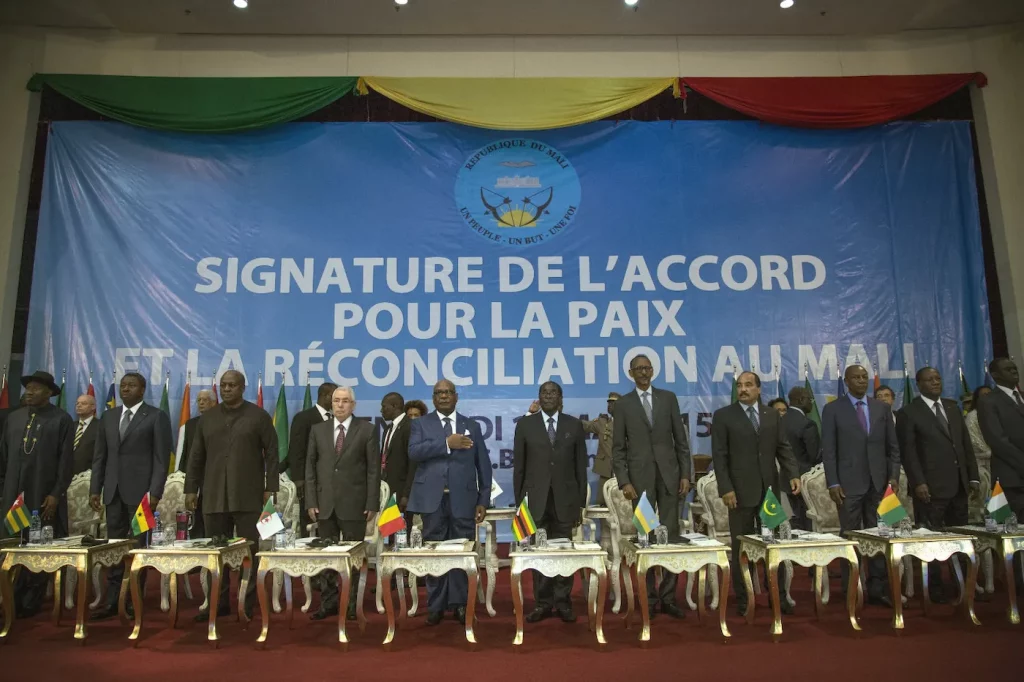
Peacebuilding and human rights within the AU
One of the main objectives of the AU is the promotion of peace, security, and stability on the continent. The AU’s peacebuilding architecture can be found in the Protocol on the Establishment of the Peace and Security Council (PSC) of the AU, under its Constitutive Act. According to Article Three of the Constitutive Act, one of the objectives is to ‘promote peace, security, and stability on the continent.’4AU (2000), op. cit. See Article 3. The AU’s peace and security architecture rests on five key pillars, namely, the PSC, the Panel of the Wise, the Continental Early Warning System, the Standby Force, and the Peace Fund. These pillars are designed to work towards prevention, management, and resolution of conflicts by working collaboratively with similar mechanisms under the respective sub-regional blocs. Hence, from its design, the AU’s peacebuilding architecture is designed to play an important role during all stages of conflicts, from prevention to management and resolution of conflicts.
The PSC is the main decision-making organ for the AU on matters pertaining to peace and security on the continent. It has the mandate to take action on issues such as authorising and overseeing peace support missions, imposing sanctions for unconstitutional change of government, and performing peacebuilding functions on behalf of Member States. Most relevant to a human rights discussion is the mandate to intervene in situations of war crimes, genocide, and crimes against humanity. As such, regardless of their success, the AU’s PSC has issued many decisions pertinent to its mandate over the years, including temporary suspensions of some states as AU members after ousting elected leaders through a coup d’état. The PSC has received criticism for its lack of or slow response to some situations. Other pillars of the peacebuilding architecture play more of an advisory role in the PSC, making them more dependent on the decisions and actions taken by the Council.
The AU’s human rights framework involves the principles, treaties, and independent organs under the AU tasked with the promotion and protection of human rights across the continent. The three primary organs of the AU’s human rights system are the African Commission on Human and Peoples’ Rights (African Commission), the African Court on Human and Peoples’ Rights (African Court), and the African Committee of Experts on the Rights and Welfare of the Child (Child Rights Committee). While each body has its own mandate, both the African Commission and the African Court can decide individual complaints against States, hold public hearings, and request immediate action by States when an individual or other subject of a pending complaint is at risk of irreparable harm. The Child Rights Committee receives and considers individual complaints of alleged violations of the African Charter on the Rights and Welfare of the Child. Both the African Commission and Child Rights Committee also monitor the protection of human rights across the continent and States’ implementation of their human rights obligations.
In addition to these bodies, there are other sub-regional bodies focusing on their respective sub-regions with mandates to protect human rights. For example, the Economic Community of West African States (ECOWAS) has what they call the Community Court of Justice (ECCJ). The initial mandate of ECCJ was to interpret only the ECOWAS Treaty and decide contentious cases between ECOWAS Member States. However, the jurisdiction of the Court was expanded to enable it to determine cases of alleged human rights violations within the ECOWAS Member States. Similarly, the Southern African Development Community (SADC) Tribunal was empowered to hear individual complaints of alleged human rights violations. However, this power was suspended in 2010 following a series of judgments against the Government of Zimbabwe.5Asmelash, Henok Birhanu (2016) ‘Southern African Development Tribunal’, In Max Plank Encyclopedias of International Law, Available at: <https://www.mpi.lu/fileadmin/mpi/medien/research/MPEiPro/SADC_law-mpeipro-e2496.pdf> [Date accessed: 12 November 2023 ]. In 2012, a revised protocol signed by SADC Member States removed the human rights mandate of the Tribunal, along with its ability to decide individual complaints. For the East African region, the East African Court of Justice (EACJ), an organ of the East African Community (EAC), is another sub-regional instrument for the protection of human rights.
Based on this presentation of the AU’s peacebuilding architecture and major human rights framework, there is an apparent lack of institutional coherence and synergies between the two. The final sections highlight some areas where synergies could be enhanced between the AU’s peacebuilding and human rights work for sustainable peace on the continent.
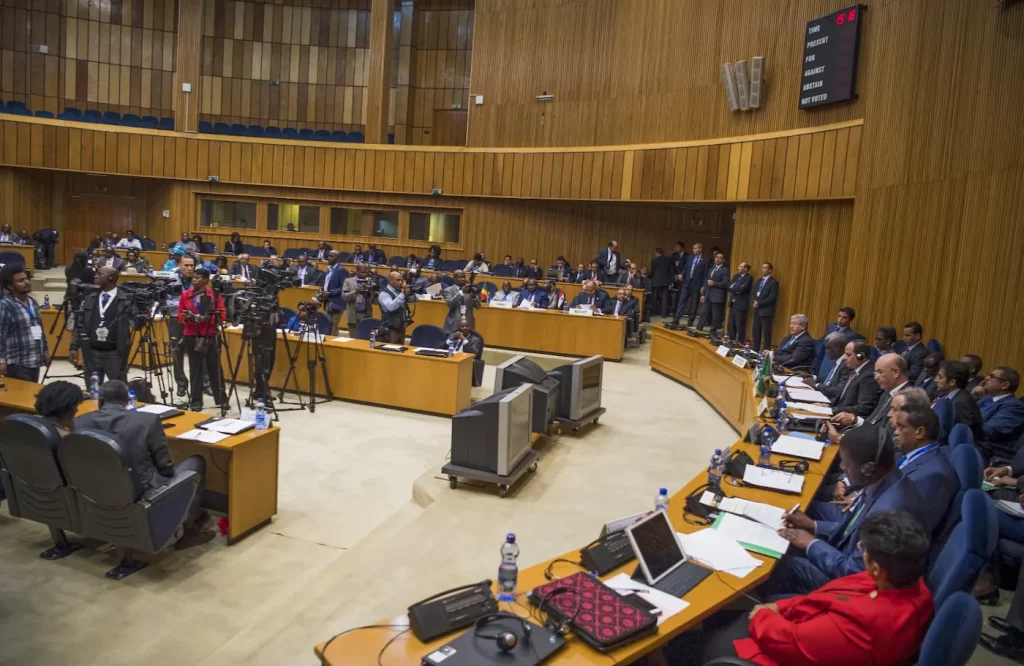
Enhancing synergies between the peacebuilding and human rights mechanisms of the AU Strengthening the prevention mandate of the PSC
The AU’s PSC has existing conflict prevention mandates, such as through its Continental Early Warning System (CEWS). According to the AU:
The CEWS is responsible for data collection and analysis and is mandated to collaborate with “the United Nations (UN), its agencies, other relevant international organizations, research centres, academic institutions and Nongovernmental Organizations (NGOs)” with its information to be used by the Chairperson of the Commission “to advise the Peace and Security Council (PSC), on potential conflicts and threats to peace and security in Africa and recommend the best courses of action.”6AU (2018) ‘Continental Early Warning System (CEWS)’, Available at: <https://www.peaceau.org/en/article/the-continental-early-warning-system > [Date accessed: 18 November 2023].
In accordance with its mandate, reports from CEWS are expected to inform the PSC prevention work. Since human rights violations are some of the indicators of conflicts, this system could benefit from the work of the Africa Commission on Human and Peoples’ Rights to achieve its objectives of anticipating and preventing conflict on the continent and providing timely information on evolving violent conflicts. However, there is no system in place that facilitates exchange between the CEWS and relevant mechanisms of the African Commission on Human and People’s Rights. Moreover, according to some reports,7AU (2010) ‘African Peace and Security Architecture (APSA) Assessment Study’, Available at: <http://www.peaceau.org/uploads/report-of-the-apsa-assessment-study-july-oct-2010-eng.pdf> [Date accessed: 18 November 2023]. CEWS is an understaffed and underfunded mechanism in the AU. With limited staff and funding, the operationalisation of the CEWS has faced numerous challenges, making it difficult to explore possible methods of cooperation with other AU mechanisms or to achieve the objectives for which it was established.
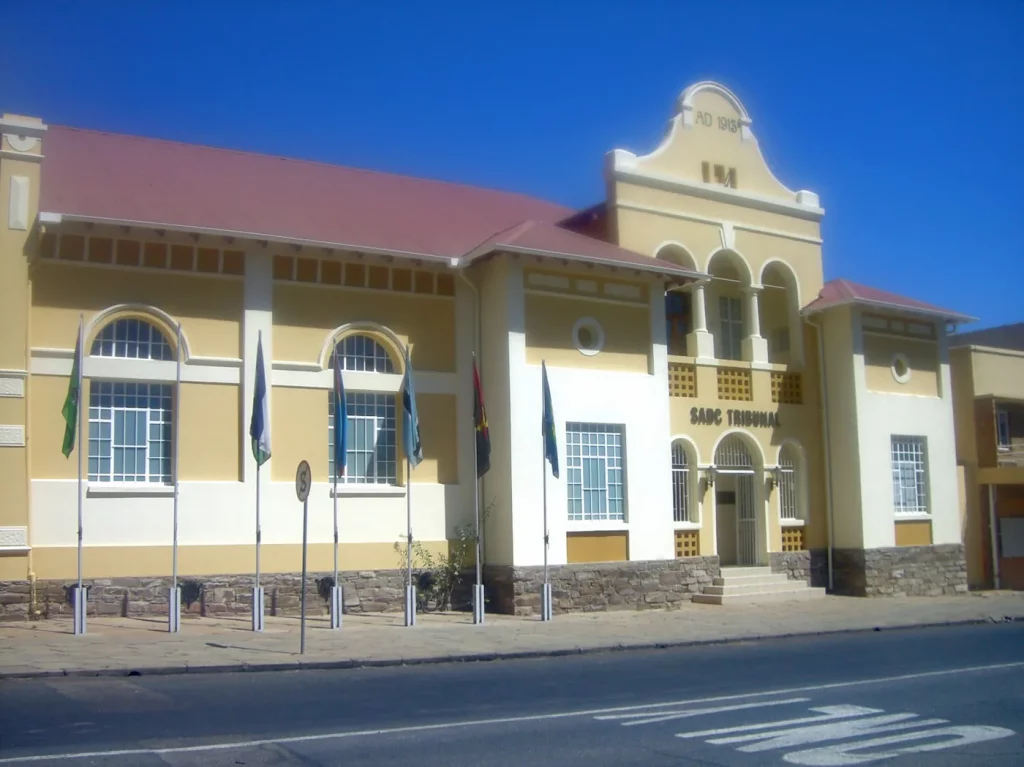
Enhancing synergies between the African Commission and the PSC
Similar to the prevention role mentioned above, the African Commission on Human and People’s Rights receives reports from Member States and other stakeholders on human rights situations on the continent. It has subsidiary bodies, such as the special procedures mechanisms comprising various thematic special rapporteurs who collect data and publish human rights reports. These reports and country visits could be used to inform the PSC in its prevention role and to identify conflicts at an early stage. Some institutional frameworks could be designed to facilitate regular updates and the exchange of information between the African Commission’s mechanisms and the relevant bodies of the PSC.
Collaboration with civil society organisations (CSOs)
Despite the existence of many active human rights CSOs on the continent, there are little connections between the AU peacebuilding bodies and the human rights CSOs operating in different parts of the continent. This is partly due to the existing silos among CSOs themselves. Human Rights CSOs tend to work more often with other similar CSOs, and the same is true for peacebuilding, development, and humanitarian organisations. This weak link between human rights CSOs and the AU’s peacebuilding bodies could be strengthened to facilitate the exchange of information and collaboration among these bodies. Since human rights CSOs are closer and live within communities, stronger collaboration with them will not only facilitate better exchange of information but also make it easier to monitor and follow up on the implementation of the PSC decisions.
Accountability
Accountability is a highly controversial issue in peacebuilding on the continent. Several factors contribute to this problem. First, people implicated in serious human rights violations are generally the same people needed to facilitate peace. Their exclusion from peace processes can render peace agreements impractical and perpetuate the cycle of violent conflict. Second, in post-conflict situations where State institutions are weak and lack credibility and legitimacy, accountability can readily turn into a victor’s justice whereby the losing party is scapegoated for all the wrongs. Thirdly, recently, accountability has been strongly associated with third-party interventions. Often, western governments punish leaders in the global south for alleged involvement in serious human rights violations. As a consequence, there has been less appetite for accountability among leaders in the global south, as it is seen as a tool for western governments to violate state sovereignty in the global south. However, accountability is key to ensuring lasting peace and addressing the root causes of conflicts. Without clear accountability mechanisms and a solid commitment to the non-recurrence of violent conflicts, the continent could continue to suffer from vicious cycles of violent conflicts.
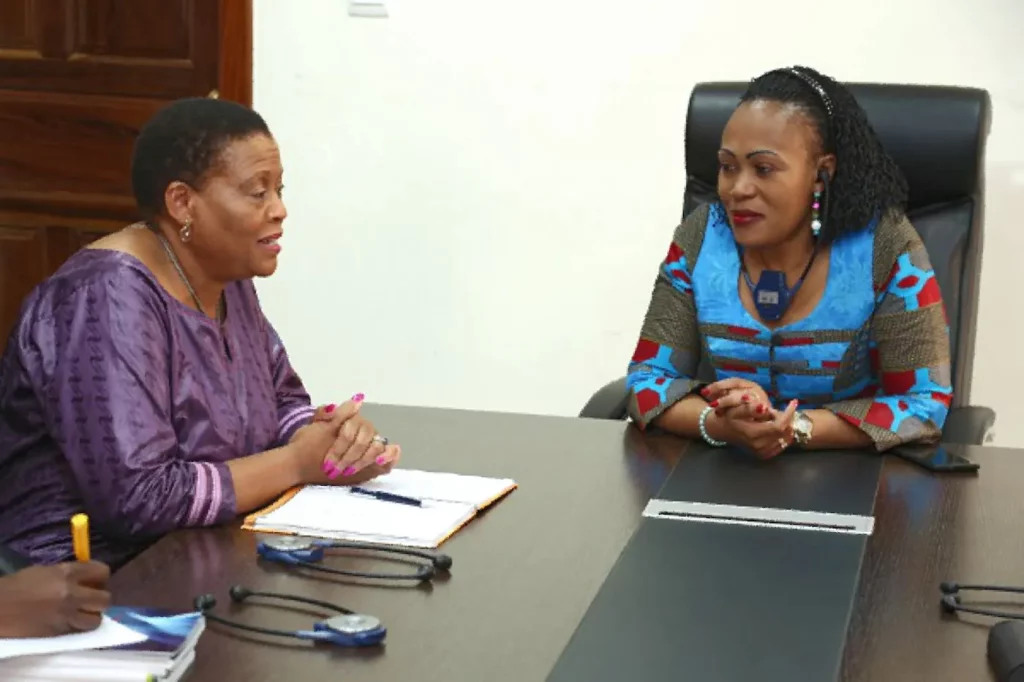
Conclusion
This article has argued for stronger synergies between the AU peacebuilding architecture and the human rights system for sustainable peacebuilding interventions on the African continent. It has highlighted some areas where those synergies could be enhanced by strengthening the AU PSC prevention mandate and operationalising the CEWS. Likewise, the article argued that better synergies could be developed through improved and systematised collaborations between the African Commission on Human and People’s Rights and the PSC, including collaboration with human rights CSOs. Finally, the article presented the case for robust accountability mechanisms, despite the challenges that come with it. Robust accountability mechanisms and a commitment to the non-recurrence of conflict can help address the root causes and build sustainable peace on the continent.
However, bridging the gap between peacebuilding and human rights is much easier said than done. A parallel peace and human rights framework is needed not only at the AU level but also globally at the UN level. The ongoing tension between peace and justice is another challenge for improving synergies between peacebuilding and human rights, especially on a continent where the cry for peace is much louder than any other concerns. Moreover, for a continent that has long suffered the effects of colonialism, any form of intervention in domestic affairs is much resisted. Therefore, much work is needed to address these challenges to improve collaboration between peace and human rights on the continent.
Finally, it is to be noted that the scope of this article is limited since it is only desk-based research. Further research is needed to understand the existing collaborative efforts and gaps between these.
Ojot Miru Ojulu is a PhD holder in Peace Studies with a research focus on Human Rights from the University of Bradford in the UK. He has over 20 years of hands-on experience as a local human rights defender in Ethiopia, a researcher with ACCORD in South Africa, and Assistant General Secretary for International Affairs and Human Rights for the Lutheran World Federation in Geneva. Currently, he works for the Danish Institute for Human Rights (DIHR) as its East Africa Regional Representative, based in Addis Ababa, Ethiopia.

